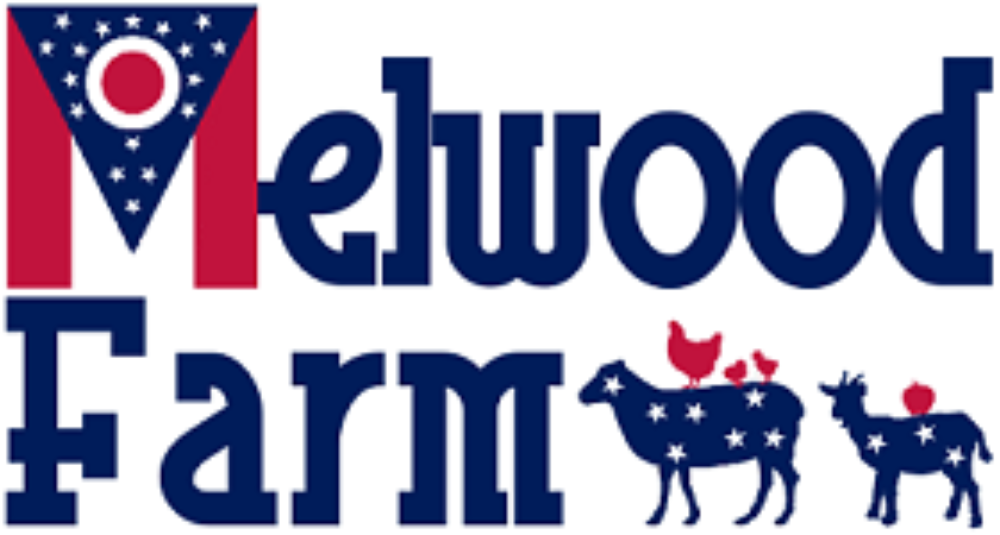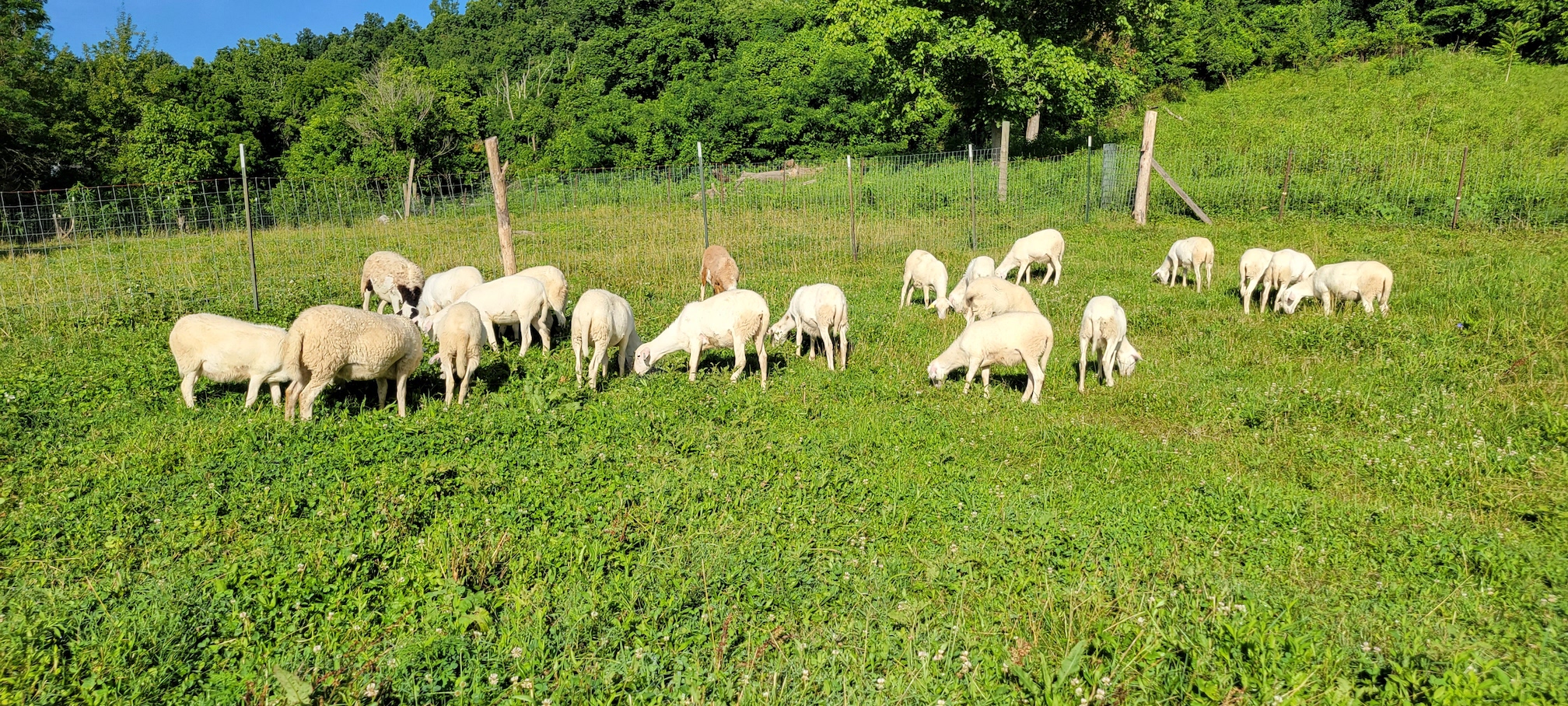I use data collection to improve my sheep genetics. As my lambs are born, I record their pedigree information, tag numbers, and birth weight within their first 24 hours. Then when the lambs reach an average of 60 days old, I weigh them again. I repeat this process again at 90 and 120 days. I also collect fecal samples, which I send to a lab for analysis to determine parasite loads. As a member of the National Sheep Improvement Program (NSIP), that analysis is free. I submit all my data to NSIP at 90 days and 120 days. They use complicated mathematical algorithms to compare the lambs to one another. They incorporate variables that can affect a lamb’s performance such as the lamb’s sex, number of lambs in the litter, how old the lamb’s mother is, etc. All this information, plus the data previously submitted for all the lambs’ relatives, is used to calculate an Estimated Breeding Value (EBV). Once I have the EBVs, I will rely heavily on them to make selections for breeding stock; especially rams.
Why Use EBVs?
EBVs help breeders predict the performance of their sheep. Think of them like you would a baseball player’s stats. While using those numbers is no a guarantee of the player’s future performance, I still get an edge because some information is always better than none. Just as it would make sense to choose a ball player with a batting average of .342 like Paul Goldschmidt over a guy named John Doe with no history at bat, the same applies to sheep. A breeder would much rather use a ram lamb with a weaning weight EBV above 1.0 and preferably higher, which means he grew faster than the average lamb in his flock taking all those other variables into consideration. The hope is that he will pass on the genes for faster growth to his progeny.
Do I Rely 100% on EBVs?
No! A lamb’s EBV is just one part of the equation. I also look for any major conformation faults, such as an over or under bite, crooked legs, sickle hocks, sway or hump back, etc. I have one Katahdin ram lamb that is a nice big lamb, but he has an overbite. He goes to the freezer. I have a St. Croix ewe lamb that has something wrong with her back legs. Another has neurological problems associated with a difficult birth. Both will also go to freezer camp. Lambs with better conformation get higher priority. Lambs that come from rarer bloodlines also get priority.
Selecting Ram Lambs: The Boys Have it Rough
Soon, I will split the ram lambs into two groups. One group will include the top 50% based on EBVs, the other the bottom. I will select breeding rams based on conformation and bloodline from that top 50%. Then I will sell the bottom 50% plus any that I eliminate from the top performers based on conformation issues as butcher lambs. I have 22 ram lambs, so it is likely that 8 or fewer of them will get to breed. In future years, as my flock grows and demand for these sheep decreases, I will be even tougher on the ram lambs. I will choose fewer and fewer as future breeding rams. This is because of the nature of reproduction. Most flocks typically only have one or two rams to cover up to 50 ewes. Think about how much more genetic influence that single ram has compared to the influence of a single ewe.
Why Go Easy on the Ewe Lambs? This is Sexism!
Ewe lambs have an easier time when it comes to selection. I don’t have to be as tough with them because, as mentioned above, their genetic influence on the flock is far less than that of the ram. Plus, the breed is in such high demand right now that most buyers are happy to get healthy, solid ewe lambs, even if they aren’t the top performers. For these reasons, I currently only eliminate ewe lambs from future breeding based on major conformation/functioning faults, exceedingly poor growth, or terrible parasite resistance. As I mentioned above, I have already eliminated two of the 24 ewe lambs based on conformation/functional issues. So far, all the remaining ewe lambs are doing well enough that they can be used for breeding. I will still rank them by EBVs, conformation, and bloodline importance, and select ewes for my breeding flock before selling the rest to other shepherds.
How Much Work is Data Collection?
Collecting and analyzing all this data is work. I have invested many extra hours for the purposes of comparing lamb performance. Some may wonder if all the extra work is worth it. I believe it is. While I am the only St. Croix breeder who has joined NSIP at this point, others already use data collection and spreadsheets for analysis. Without data to compare performance, breeders rely on their eyes and instincts alone. It takes time and experience to develop good livestock visual appraisal skills, and it still won’t measure up to having data to back up what your eyes are perceiving. I believe that my breeding program will benefit greatly using data collection and analysis as a tool.

